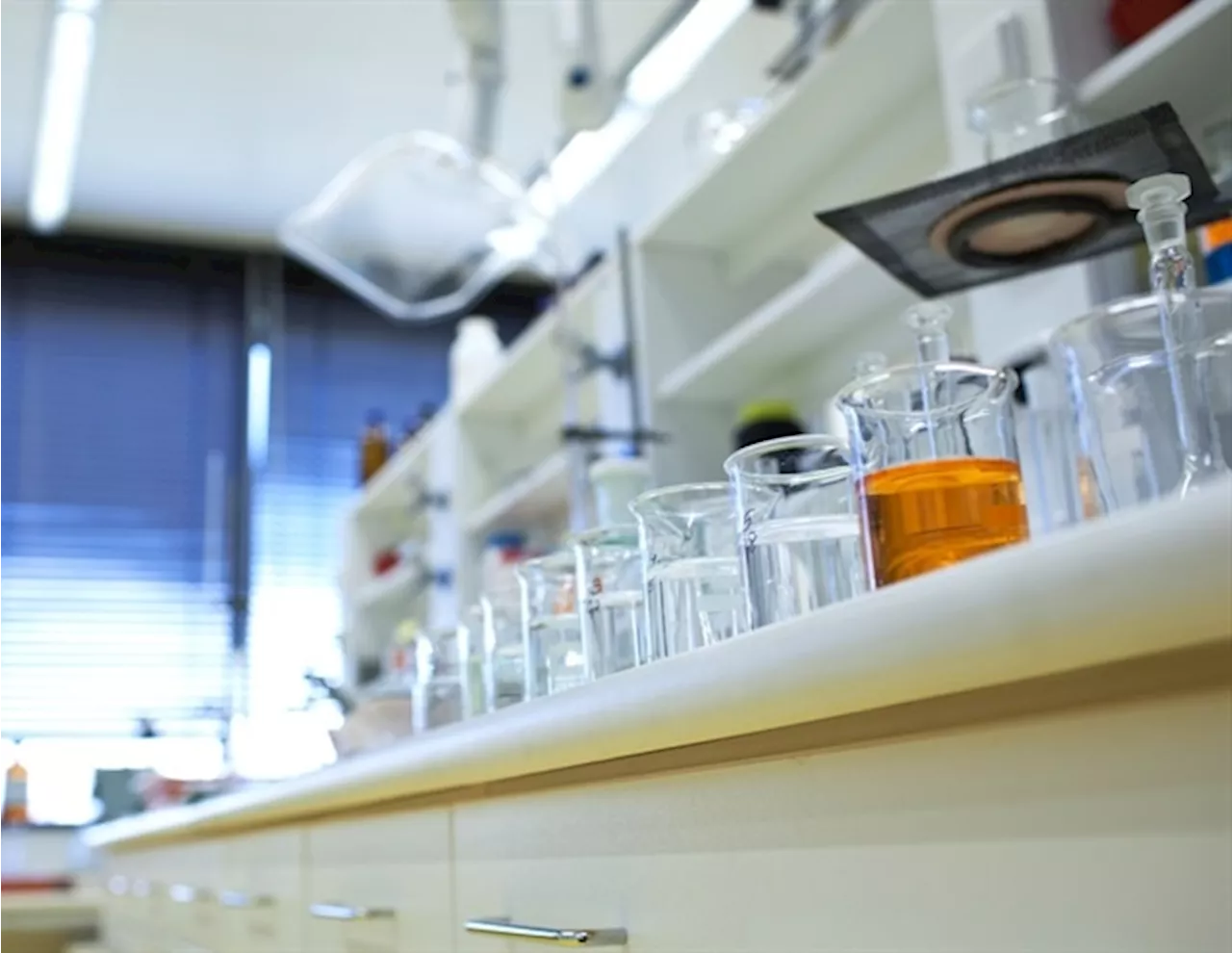Genes aren't the sole driver instructing cells to build multicellular structures, tissues, and organs.
Keck School of Medicine of USCNov 20 2024 Gene s aren't the sole driver instructing cells to build multicellular structures, tissues, and organs. In a new paper published in Nature Communications, USC Stem Cell scientist Leonardo Morsut and Caltech computational biologist Matt Thomson characterize the influence of another important developmental driver: cell density, or how loosely or tightly cells are packed into a given space.
The study used two types of mouse cells-;connective tissue cells and stem cells-;engineered to carry a synthetic cellular communication system or "genetic circuit." This circuit is based on something Morsut developed called "synNotch," which is a protein that scientists genetically engineer into a cell to serve as a "sensor.
"We would see different outcomes of the patterning when we would start with genetically identical cells in different numbers," said Morsut. "So that was puzzling at the beginning. I remember Marco came in and told me once that the experiment worked, but only in half of the plate. And when we looked at it more carefully, we started seeing that there was a gradient of cell density that seemed to correlate with differences in patterning.
"For me, this was one of the first times in my life where computational modeling has been able to predict behaviors that look like what actually happens in the cells," said Thomson, who is an assistant professor of computational biology at Caltech and an investigator with the Heritage Medical Research Institute. "Here, it helped guide us to think about how the cell density, proliferation rate, signaling, and all these different things conspire.
It's okay be a little dense To understand how cell density was exerting these effects, co-first author Josquin Courte, a postdoc in the Morsut Lab, conducted a series of experiments that yielded a surprising discovery. Greater cell density induces stress that leads to a quicker breakdown of not only synNotch in particular, but also cell surface sensors in general.
Cell Cell Biology Drugs Fluorescence Gene Genes Genetic Laboratory Medical Research Medicine Protein Research Stem Cells
United Kingdom Latest News, United Kingdom Headlines
Similar News:You can also read news stories similar to this one that we have collected from other news sources.
 Researchers identify genes linked to muscle aging and sarcopeniaScientists have identified previously unreported genes which appear to play a key role in the muscle ageing process.
Researchers identify genes linked to muscle aging and sarcopeniaScientists have identified previously unreported genes which appear to play a key role in the muscle ageing process.
Read more »
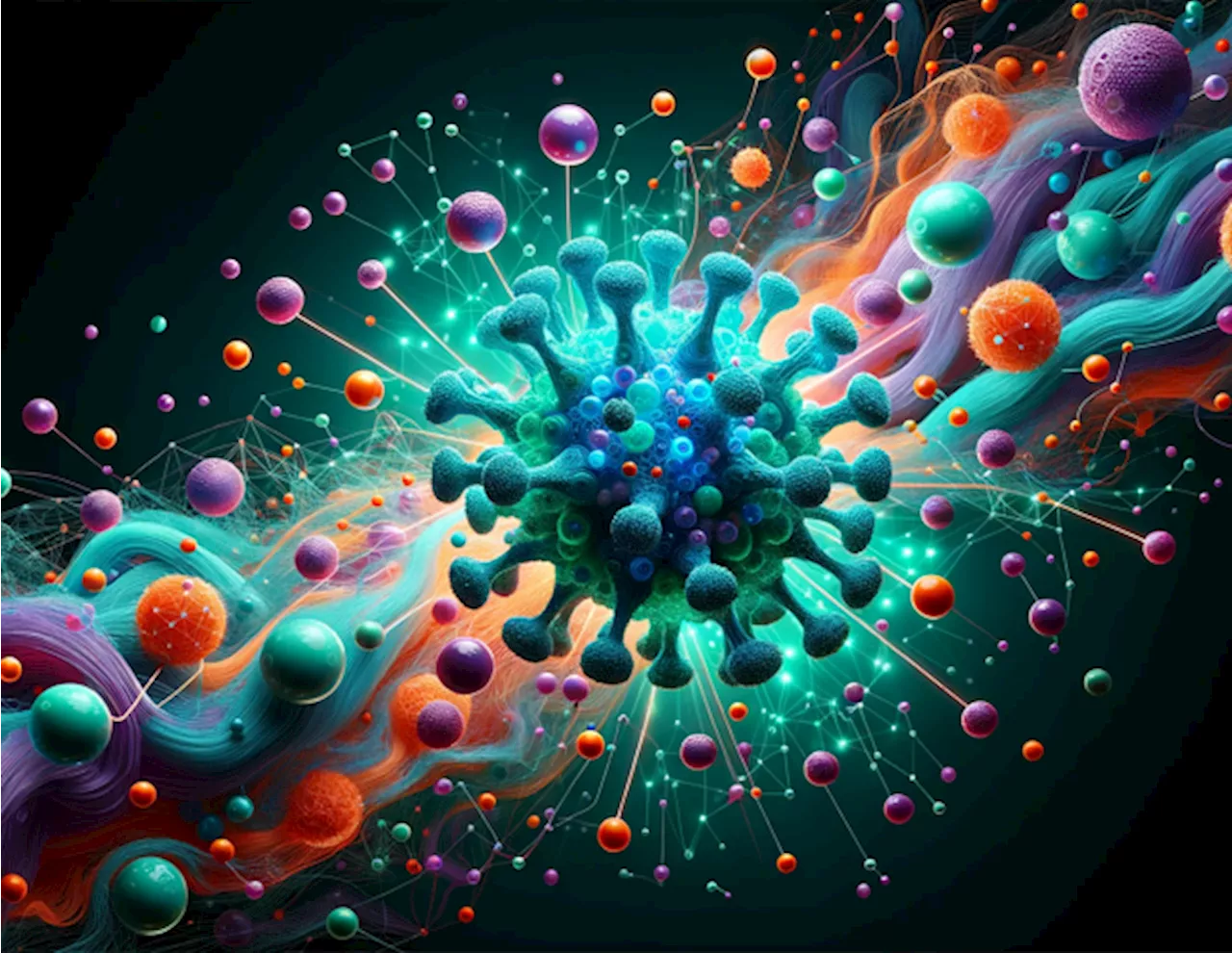 Researchers uncover hidden roles of accessory genes in SARS-CoV-2Viruses are lean, mean, infection machines. Their genomes are tiny, usually limited to a handful of absolutely essential genes, and they shed extra genomic deadweight extremely fast.
Researchers uncover hidden roles of accessory genes in SARS-CoV-2Viruses are lean, mean, infection machines. Their genomes are tiny, usually limited to a handful of absolutely essential genes, and they shed extra genomic deadweight extremely fast.
Read more »
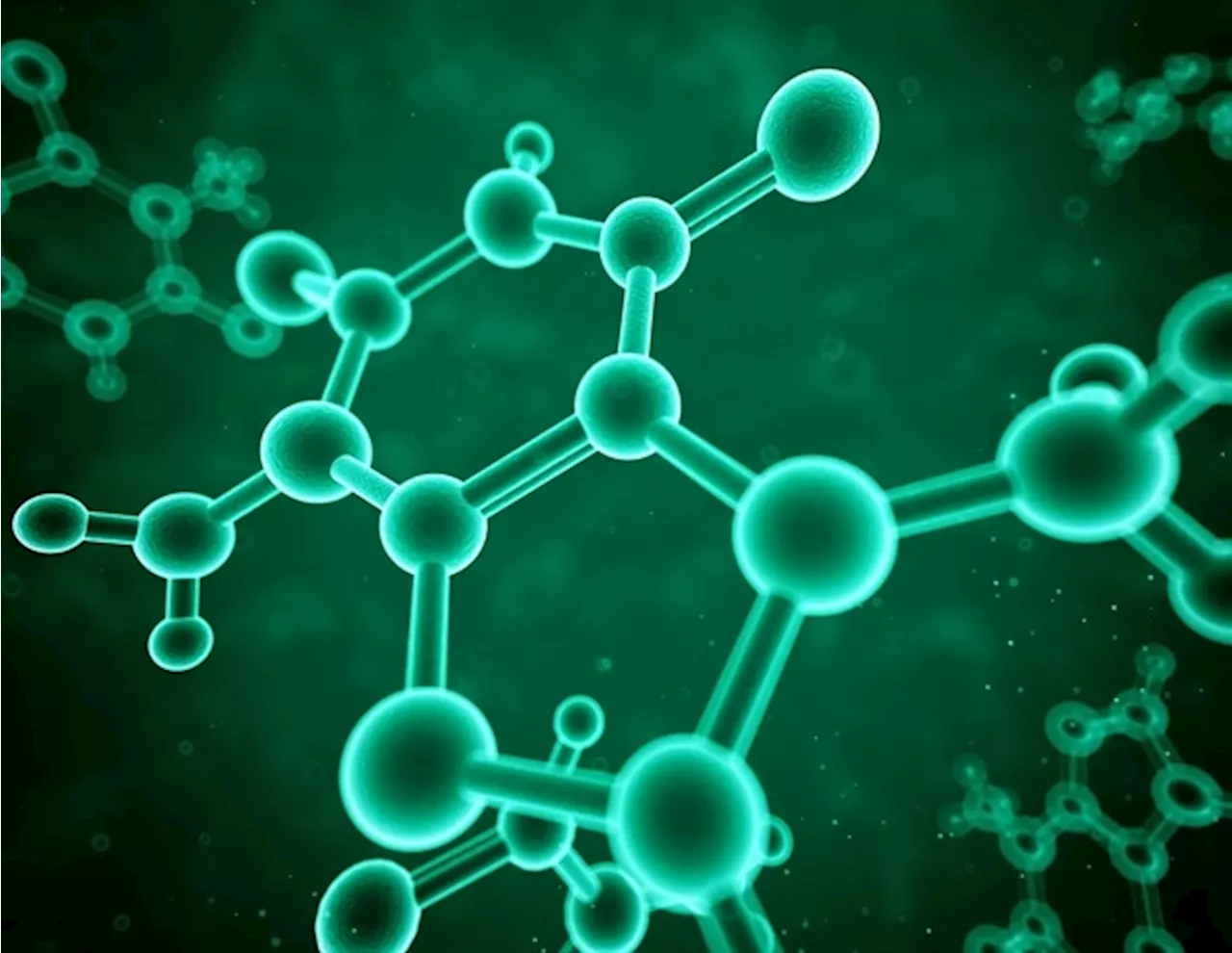 Scientists develop synthetic genes that can build intracellular structuresResearchers from the UCLA Samueli School of Engineering and the University of Rome Tor Vergata in Italy have developed synthetic genes that function like the genes in living cells.
Scientists develop synthetic genes that can build intracellular structuresResearchers from the UCLA Samueli School of Engineering and the University of Rome Tor Vergata in Italy have developed synthetic genes that function like the genes in living cells.
Read more »
 Tardigrade genes may hold secret to radiation treatments for humansMicroscopic 'water bears' can survive blasts that would kill humans
Tardigrade genes may hold secret to radiation treatments for humansMicroscopic 'water bears' can survive blasts that would kill humans
Read more »
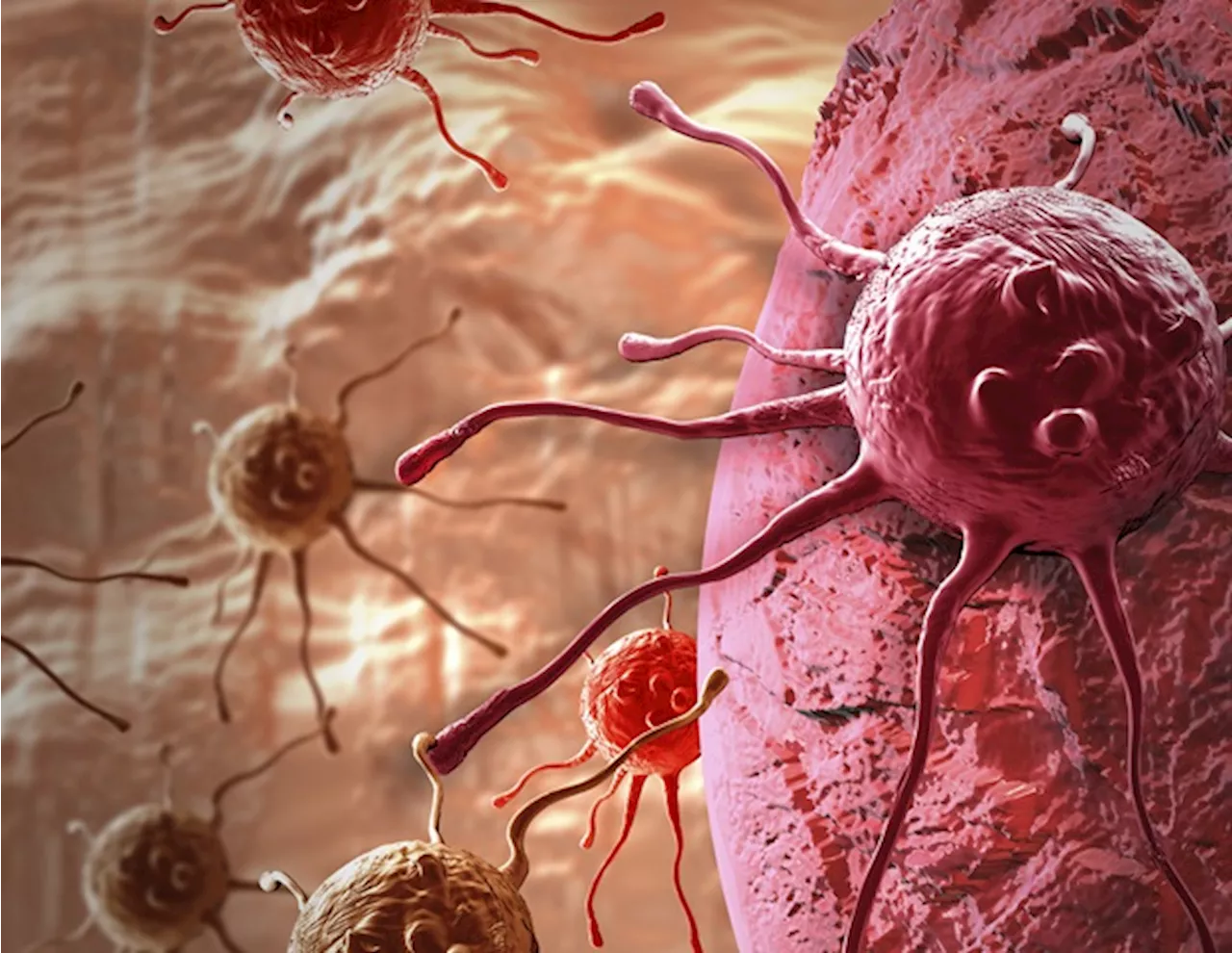 Study uncovers six cancer susceptibility genesScientists at deCODE genetics/Amgen, and their collaborators have discovered six novel genes with rare germline variants that associate with cancer risk. The findings are published today in Nature Genetics under the title 'Gene-based burden tests of rare germline variants identify six cancer susceptibility genes'.
Study uncovers six cancer susceptibility genesScientists at deCODE genetics/Amgen, and their collaborators have discovered six novel genes with rare germline variants that associate with cancer risk. The findings are published today in Nature Genetics under the title 'Gene-based burden tests of rare germline variants identify six cancer susceptibility genes'.
Read more »
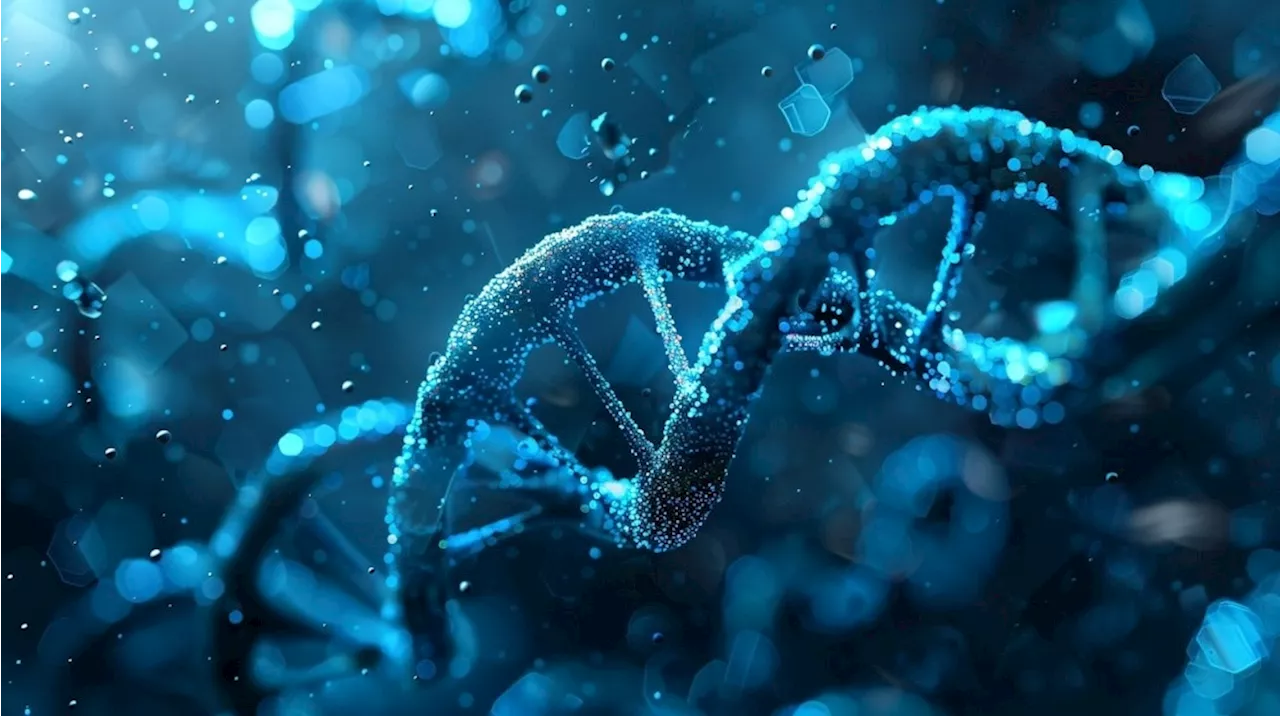 Study identifies six cancer susceptibility genesIdentification of six cancer susceptibility genes offers new insights into genetic risk factors, potentially enhancing early detection and treatment strategies.
Study identifies six cancer susceptibility genesIdentification of six cancer susceptibility genes offers new insights into genetic risk factors, potentially enhancing early detection and treatment strategies.
Read more »
